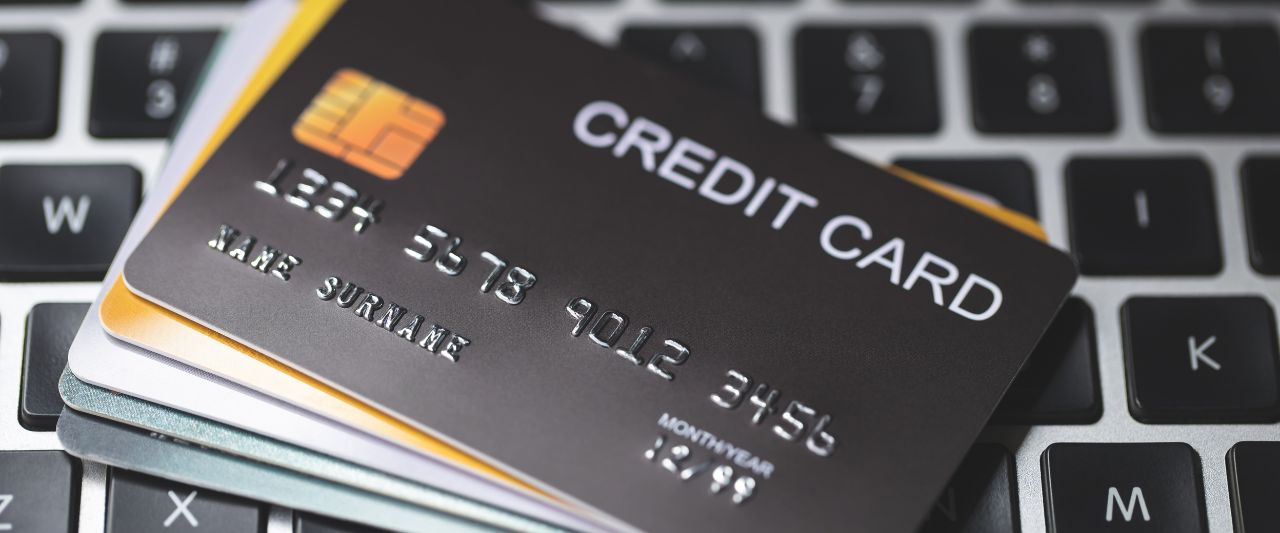Understanding RFID Technology
Before diving into the specifics of slim RFID wallets, it's essential to grasp what RFID technology entails and why protection against unauthorized scanning is necessary. RFID chips are commonly found in credit cards, passports, and identification cards, allowing for contactless communication with readers. While convenient, this technology also opens the door to potential security breaches, where criminals can use RFID readers to skim personal information without your knowledge.
The Appeal of Slim RFID Wallets
The slim RFID wallet addresses both the demand for minimalist design and the need for security. Its compact form factor encourages carrying only the essentials, thus promoting a more organized and lightweight lifestyle. Additionally, the built-in RFID blocking material shields your sensitive data from electronic pickpocketing, offering peace of mind in public spaces.
Key Considerations When Buying a Slim RFID Wallet
Material and Durability
The choice of material not only affects the wallet's aesthetics and feel but also its durability and RFID blocking efficacy. Common materials include leather, metal, and synthetic fabrics, each offering different benefits:
- **Leather**: Classic and elegant, leather wallets can be more flexible and offer a traditional look that ages well over time. However, they may require more care to maintain their appearance.
- **Metal**: Often aluminum or stainless steel, metal wallets provide a modern look and robust protection against physical damage and RFID scanning. They might be heavier and sometimes bulkier than their counterparts.
- **Synthetic**: Wallets made from synthetic materials such as nylon or polyester are lightweight and often more affordable. They can also be water-resistant, though potentially less durable than leather or metal options.
Capacity and Organization
While slim wallets encourage minimalism, capacity remains a crucial factor. Consider how many cards and cash you typically carry and choose a wallet that accommodates your needs without unnecessary bulk. Some slim RFID wallets offer innovative organization solutions, such as pull-tabs for easy card access or separate compartments for cash and coins.
RFID Blocking Technology
Not all RFID blocking wallets are created equal. The effectiveness of RFID shielding can vary based on the materials used and the construction of the wallet. Look for wallets that specify the frequencies they block (typically 13.56 MHz for credit cards and IDs) and consider reputable brands known for their focus on security features.
Design and Personal Style
Slim RFID wallets come in various designs, from the ultra-minimalist card holder to compact bi-folds that resemble traditional wallets. Your choice should align with your personal style and how you prefer to carry your wallet (e.g., in a front pocket, bag, or jacket). Additionally, consider features such as color, texture, and any additional functionalities like money clips or key holders that add value to your daily routine.
Price and Brand Reputation
Price can be an indicator of quality, but it's not the only factor to consider. Research brands that specialize in RFID-blocking technology and read customer reviews to gauge satisfaction levels and the wallet's real-world performance. Investing in a slightly more expensive wallet from a reputable brand can offer better security and durability in the long run.
Real-World Application and Lifestyle Fit
Think about your daily activities and the environments you frequent. For travelers, a slim RFID wallet with a passport compartment might be ideal. For those in urban settings, a metal wallet that withstands the hustle and bustle could be more appropriate. Your lifestyle should guide your choice, ensuring the wallet you select enhances your routine rather than complicates it.
Maintenance and Care
To keep your slim RFID wallet in top condition, follow the manufacturer's care instructions. Leather wallets may require conditioning, while metal wallets might need occasional cleaning to maintain their appearance and functionality. Proper care extends the life of your wallet, protecting your investment and the valuable information it safeguards.
Final Thoughts
Choosing the right slim RFID wallet involves balancing functionality, style, security, and durability. By considering the factors outlined in this guide, you can select a wallet that not only meets your aesthetic preferences but also integrates seamlessly into your lifestyle, providing essential protection against digital theft. As our lives become increasingly digital, taking proactive steps to secure our personal information is more important than ever. A slim RFID wallet is not just a fashion statement; it's a functional tool for modern living, offering security and style in a compact form.



